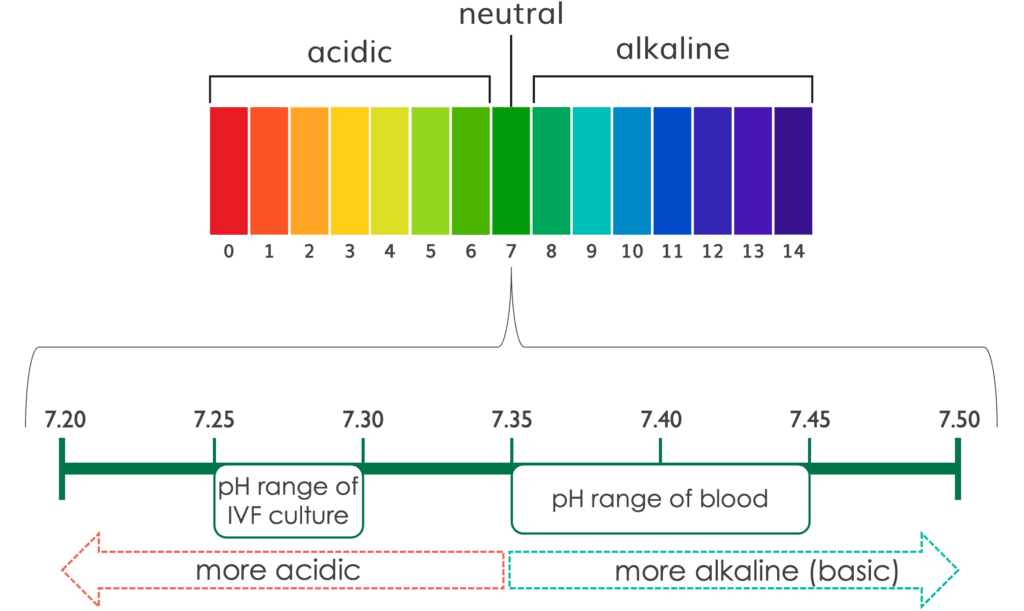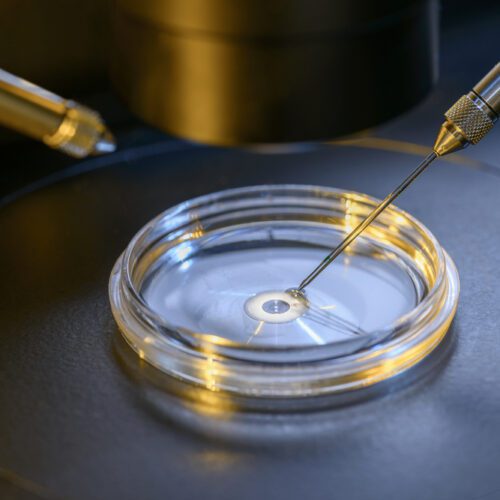Balancing pH in the IVF Lab
Welcome to the first post of IVF Lab 101! I’m Dr. Barry Behr, and these bite-sized blog posts are aimed at demystifying what happens in the IVF lab. Critical parts of the IVF process occur in the lab, so we’d like to illuminate more about what happens to the eggs, sperm, and embryos between when they leave the body and when the embryo is transferred back into the uterus.
Let’s start with a question: what differentiates an IVF clinic from an OB/GYN office? Simply put, it’s the presence of an IVF lab.
The IVF lab is unique in that it’s not a traditional diagnostic testing lab, but rather a specialized, environmentally controlled room that harvests, fertilizes, cultures, and preserves eggs, sperm, and embryos. From an embryologist’s perspective, achieving and maintaining a stable environment, both inside and outside of the petri dish, is critical to running a successful lab.
One of the most important variables an embryologist needs to control to create the ideal environment is the pH of the culture medium.
There are elaborate biochemical systems in our body that help maintain a critical (and narrow) pH range. The pH of our blood, for example ranges from 7.35-7.45, which is considered close to neutral. Important enzymes don’t work properly above or below this range, resulting in metabolic problems and a “sick” state.
Eggs, sperm, and embryos on their own do not have all of the same biochemical tools for maintaining pH as our bodies do. Therefore, many steps need to be taken in the IVF laboratory to protect the reproductive cells and maintain their optimal pH for fertilization and subsequent embryo growth and development.
The IVF culture environment is ideally held at a slightly acidic pH relative to our “body pH”, around 7.25-7.30. Understanding this has led to improvements in IVF outcomes. Arguably, maintaining optimal pH during fertilization and embryo culture is even more important than maintaining optimal temperature.

Next time, we’ll dive into exactly how we control pH and ensure the most favorable conditions for the embryo culture. Stay tuned!


